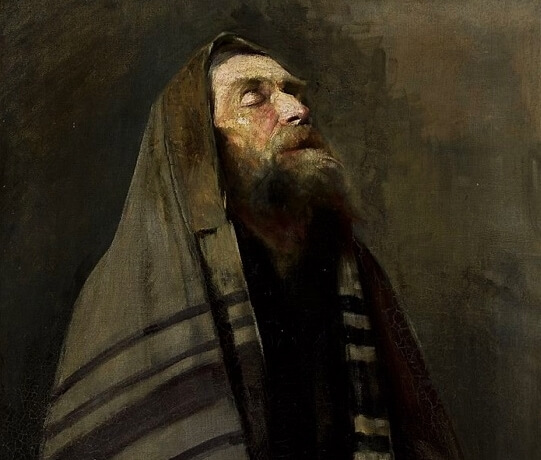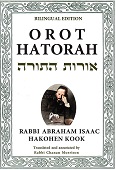
Our time is limited. How much time should we devote to prayer, and how much to Torah study? Which activity is more important?
We find the Talmudic sages Rava and Rav Hamenuna debated this issue:
“Rava saw Rav Hamenuna praying at length. He remarked to his colleague, ‘You neglect chayei olam [eternal life, i.e., Torah study] and occupy yourself with chayei sha’ah [temporal life — prayer]!'
Rav Hamenuna, however, disagreed. He argued that there is a time for prayer, and there is a time for Torah study.” (Shabbat 10a)
Why did Rava say that prayer is only chayei sha’ah, of temporal value? And what exactly was Rav Hamenuna’s defense for spending so much time in prayer, at the expense of his Torah studies?
Mind and Heart
Rashi explains that prayer is chayei sha’ah since we pray for worldly concerns — for health, peace, and livelihood. Yet this explanation is not fully satisfactory, since we also pray for spiritual aspirations, such as wisdom, forgiveness, and redemption.
According to Rav Kook, the terms chayei olam and chayei sha’ah refer to the essential difference between these two paths of serving God. Torah study provides us with new knowledge from the source of truth. Since it is based on our intellectual efforts to uncover eternal, unchanging truths, Torah is chayei olam — of eternal value.
While Torah enriches the mind, prayer targets the heart. Prayer does not supply us with new knowledge and understanding. It utilizes our emotional faculties to deepen the impact of ethical teachings and Torah wisdom on the soul. Prayer does not seek out new truths; it aspires to internalize truths already acquired. Since prayer relates to the more volatile aspects of human nature — emotions and feelings which fluctuate over time — the Sages referred to prayer as chayei sha’ah — a Divine service which relates to temporal life.
Furthermore, it is precisely those images which are not intellectually rigorous that are able to engage and stir our emotions. Since our emotional faculties are closer to our physical side, they have difficulty relating to the abstract concepts of the intellect. They require the assistance of more concrete images. Therefore, in prayer we are permitted to utilize descriptions of God — mental images of a loving Father or a revered King, for example — in recognition of their powerful impact on the emotions.
In summary, the terms chayei olam and chayei sha’ah refer to the nature of the human faculty engaged. Torah study is based on eternal truths and utilizes our powers of reason and logic. Prayer, on the other hand, reaches out to the lower and more volatile aspects of the human psyche. For this reason, Rava criticized Rav Hamenuna’s lengthy prayers, since they came at the expense of the eternal value of Torah study. “You neglect eternal life and occupy yourself with temporal life.”
A Time for Prayer
Rav Hamenuna did not contest Rava’s evaluation of the relative merits of Torah study and prayer. His reply was based on an understanding that each of these two forms of Divine service has its own place.
The Sages taught an important axiom regarding Torah study: “One should always study that which one’s heart desires” (Avodah Zarah 19a). The rabbis recognized that our inner inclination will lead us to the proper path. If we are drawn to a particular area of Torah, this is a sign that the state of our soul currently requires spiritual sustenance from this aspect of Torah.
This principle is also valid when seeking the correct balance between Torah and prayer. The intellect is not fully capable of judging how much we should nourish ourselves from the wellsprings of Torah wisdom, and how much we need to add the ’spices’ of emotion and feeling. Here, too, our inner inclination will guide us appropriately.
When we are drawn to Torah study, then this is “the time for Torah” — the staple for spiritual advance for the individual and society as a whole. But if we feel from within a hunger for the holy experience of authentic prayer, a yearning to pour out our soul before God, then this is a sign that our soul currently requires this form of spiritual service.
The Sages established set times for prayer. This standard meets the religious needs of most people. But this ‘factory setting’ may be adjusted to meet one’s specific spiritual needs. This understanding of how we fine-tune the balance between prayer and Torah study is the crux of Rav Hamenuna’s response, “There is a time for prayer, and there is a time for Torah.”
(Adapted from Ein Eyah vol. III, p. 3; Olat Re’iyah vol. I, preface p. 20)





